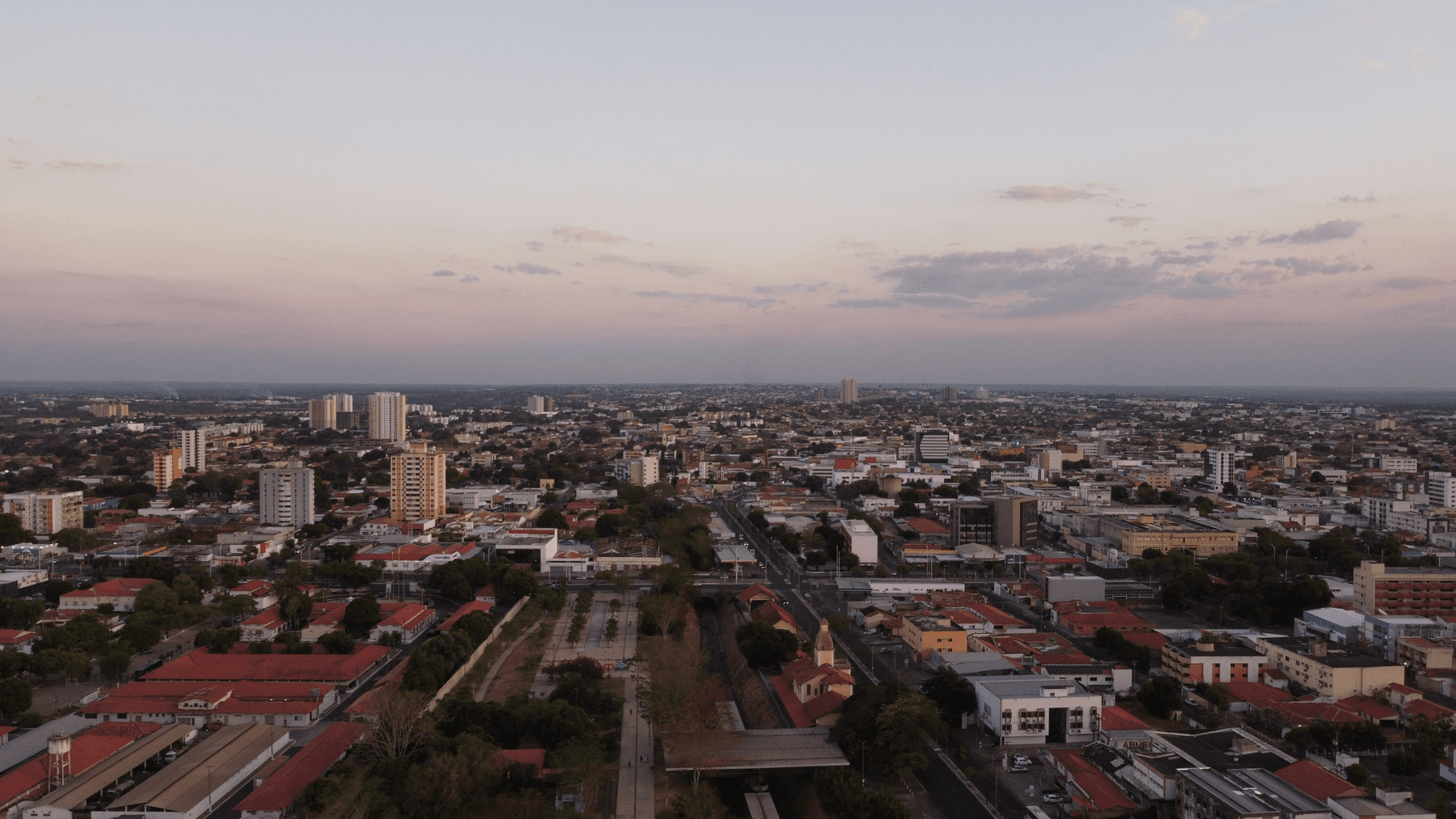HyPerformance Upgrade in a shopping mall, Brazil
A Shopping mall with two separate chilled water plants, responsible for the air conditioning of the entire building, was suffering from several inefficiencies, wasting over R$1M in its energy bills.

A Shopping mall with two separate chilled water plants, responsible for the air conditioning of the entire building, was suffering from several inefficiencies, wasting over R$1M in its energy bills. Pordeus Serviços de Manutenção LTDA worked in collaboration with the IMI team in Brazil to reengineer the chilled water system which helped to achieve a 67% reduction in electricity consumption.
The Project
The Teresina Shopping mall, located in Teresina-PI, in northeastern region of Brazil has two separate chilled water plants, responsible for the air conditioning of the entire building, named Chiller Room 1 and 2. The review detailed in this report refers to the Chiller Room 2. The Chiller Room 2 serves three major areas of the building: Ground Level (10” pipe), Upper Level (12” pipe) and Food Court Area (6” pipe). The system is divided into two sets of chillers: one of them is a pair of 6,000 MBtu/h (500TR) exclusively to attend the Ground Level, and a pair of 9,000 MBtu/h (750TR) to attend the Upper Level and the Food Court Area.
The Hydronic Challenge
During the diagnosis phase, which occurred between September 10th, 2018, and February 26th, 2019, it was possible to evaluate and identify potential improvements and the main causes of inefficiencies:
There were significant deficits in all collected indicators from the chiller in relation to designed data, that strongly contribute to the low energy efficiency.
The evaporator’s ∆T values were far below what they should be, indicating how much thermal load was being removed in the chiller.
The hydronic study of Chiller room 2 showed that there was a 55.3% deficit on the thermal capacity, meaning Chiller Room was only sending 44.7% of its cooling potential to secondary system, all while consuming 2.2 times more kW/TR than the design predicted.
Additionally, it was observed that the system suffers from “Low ∆T syndrome”, which is a short differential temperature between supply and return water.
Upon calculation of energy consumption during peak and off-peak hours it was discovered the shopping mall was wasting over R$ 1,2M all due to Chiller Room 2 inefficiencies.
The Solution
The engineering team of Grupo Pordeus in collaboration with IMI performed the following key actions to solve all design and operation flaws identified during this study and to improve and optimise of Chiller Room 2 efficiency.
Five butterfly valves were replaced to solve the problem of mixing supply with return water in by motorised butterfly valves with either on/off or proportional actuators depending to the automation logic application.
Air and dirt separators were installed in each secondary system: Ground Level, Upper Level and Food Court Area. The Zeparo ZIO and ZU range offers a simple, safe and effective solution for problems with air and dirt in industrial pipes without the use of filters, which can be obstructed and require regular maintenance.
To solve the unbalanced situation of the system, the first action was to install balancing valves in the branches that come from Chiller Room 2. STAF-SG balancing valves, with precise perform hydraulic performance for several applications, including cooling systems were selected. These valves have pressure and temperature measurement points, in which real-time reading and monitoring equipment were mounted on them and connected to the BMS.
To improve the quality and control of the water supply, TA-Modulator valves were installed in the supply lines of all bigger terminal units (AHU. These valves are Pressure Independent Balancing Control Valves (PIBCV), which ensure a stability in the design flow, and an effective control with high authority. These valves will be operated by the proportional TA-Slider actuator and will ensure a safe, accurate and efficient operation of the whole mall's hydronic system, as they will be part of a complex automation system.
To optimise the system's efficiency and reliability, Compresso Connect and Pleno Connect equipment were implemented to control and maintain the correct pressure, adding much more reliability. Compresso Connect has an expansion vessel and an control unit. It is a compact and precise pressurisation system and its connectivity function that allows communication with the BMS system for remote operation and monitoring. Pleno Connect is a water make-up system that operates with Compresso, ensuring optimal functionality of expansion tanks through constant water monitoring and replacement.
Temperature and humidity sensors were installed responsible for monitoring conditions of the environment and sending this information to the BMS, which will control all PIBCVs installed on AHUs. Based on the necessity of cooling output, actuators will run the valves to increase or reduce the passage of chilled water
Differential pressure sensors were also installed at critical points of the secondary distribution systems (Ground Level, Upper Level and Food Court Area) for system monitoring, as indicated by the software HySelect and confirmed by the engineering team of Grupo Pordeus.
After finalising the service, it was possible to develop a software to monitor and control the main parameters of system’s operation in real-time. Then, based on the new actual parameters, it was possible to recalculate the energy efficiency and savings, and compare with the data obtained during the diagnosis phase, as will be presented in the following chapters.
The results revealed a 67% reduction in electricity consumption to generate 1 TR in relation to the diagnostic data. In addition, the engineering service reduced this consumption by an additional 28% compared to the original design.
This is a great example that showcases how the collaboration of IMI with HVAC designers, energy auditors and contractors is so beneficial and effective. We supply quality and reliable products with fit-to-purpose technologies. In addition, offer our hydronic expertise to take a broad approach to system renovations to ensure the right products are selected, and follow along to ensure proper installation and commissioning is done.

